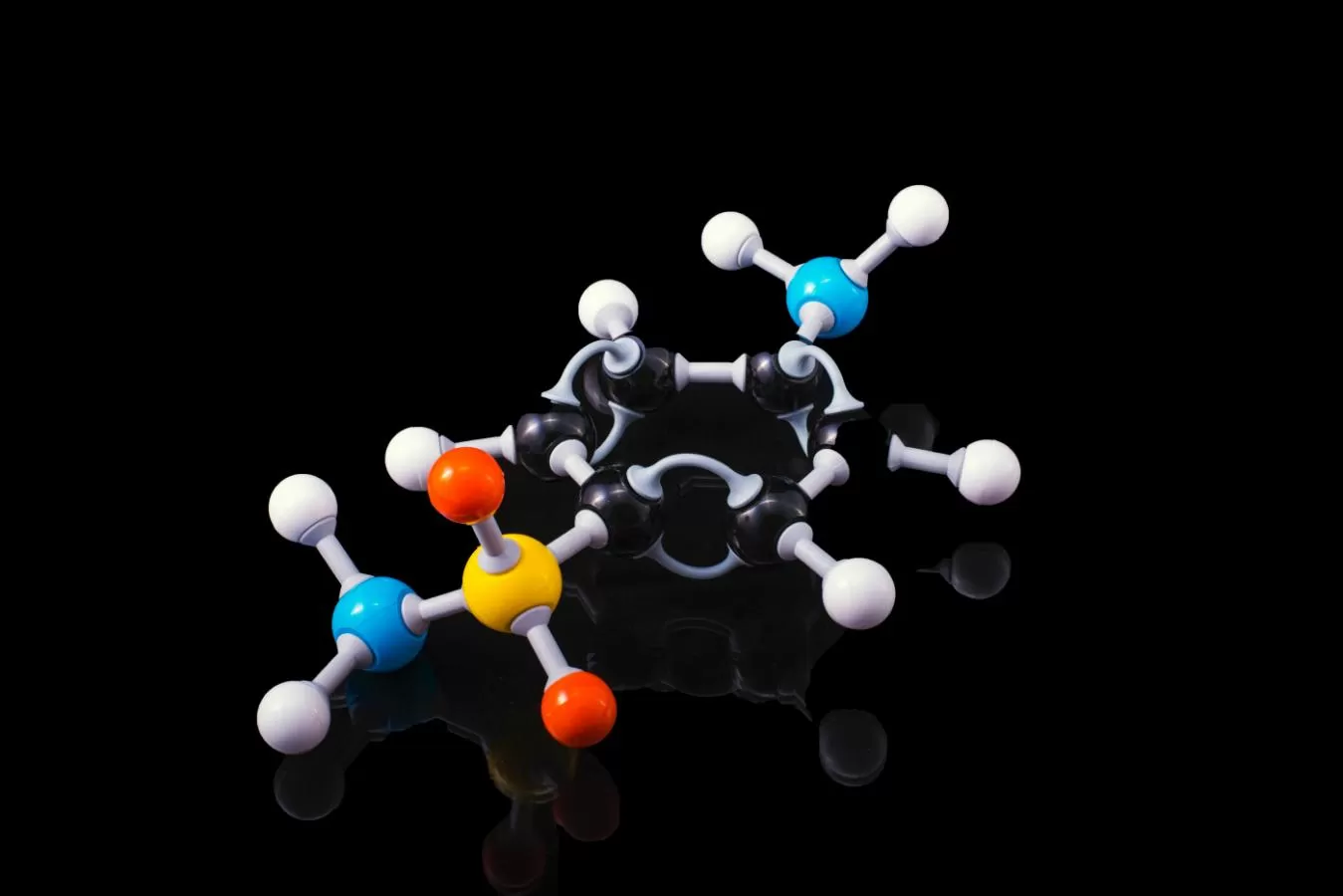Understanding Free Radicals, Antioxidants and the Aging Process
Published: 07/18/2017

Aging is at least partly due to a process called oxidative stress. Oxidative stress can simply be described as free radical attack on bodily tissues and organs. Free radicals attack DNA, proteins and fats. This prematurely ages organs and tissues. Prolonged attack can injure body tissues and cause heart disease, macular degeneration, diabetes, cancer and it prematurely ages organs and tissues. Oxygen free radicals in the cell can cause DNA damage, which if not repaired or destroyed, can replicate and evolve into cancer, a disease whose incidence increases with age.
Your body is made up of millions of tiny cells. Think of each cell like a miniature factory. Inside each factory, there are power production stations called mitochondria. It's inside the mitochondria where food and oxygen are turned into energy.
In the mitochondria oxygen can be converted into free radicals. Free radicals are molecules with an unpaired electron. A molecule that's missing an electron is a very "unhappy" molecule. So, they search for an extra electron. However, when it snatches an electron from a nearby molecule, that molecule in turn is left with an unpaired electron. Mitochondria are near the free radicals they just created. This means they're often the first victims and get damaged as well.
This process continues until two free radicals meet and react, satisfying their lone electrons. While this provides a happy ending for the two lone electrons, their search has left a trail of destruction. Cell machinery has been wrecked beyond repair. Some molecules have been ripped apart. This imbalance is known as oxidative stress. Oxidative stress is behind many of the disease states associated with aging, including heart disease and cancer.
Antioxidants to the rescue. Antioxidants are molecules that can prevent the damage of the free radicals by giving electrons to the free radicals without turning into free radicals themselves. This stops the chain reaction. So, antioxidants can prevent or slow the oxidative damage to our body.
The antioxidant defenses of your body are usually sufficient to prevent significant tissue damage. However, an overproduction of free radicals or a drop in the level of the antioxidant defenses will lead to an imbalance between free radical generation and antioxidant protection. Damage by free radicals is behind many of the disease states associated with aging, illness and disease.
One of the functions of an antioxidant is to "quench" these free radicals before they create too much damage. You can see antioxidants at work in your own kitchen. Slice an apple in half, and watch it turn brown. That's an example of oxidation. If, however, you dip the apple in orange juice, the rate at which the apple turns brown is slowed. That's because the vitamin C in the orange juice slows the rate of oxidative damage. The rusting of metal is also an example of oxidation. When a car rusts, oxygen oxidizes the iron, changing it into a material much weaker, and flakier than the original.
Human beings don't rust or change color, of course, but they can still oxidize. It's just called something different: illness and disease. So, if oxidation makes humans ill or diseased then it makes sense that eating more foods with antioxidants and taking antioxidant vitamins will be beneficial. Increasing your intake of antioxidants in theory will help detoxify substances that cause you to oxidize.
Several long-term studies show that a high intake of certain foods high in antioxidants protect against some of these diseases by binding the free radicals before they can cause damage to the body and cause aging and disease. However, attempts to duplicate these findings with vitamin supplements haven't met with as much success. That's because healthy foods can contain nutrients that may be helpful as well.
Foods are considered to be the best way of increasing antioxidant levels because they contain a wide assortment of antioxidant substances.There is a variety of plant foods found to contain high levels of these disease-fighting antioxidants. Vegetables, fruits, beans, nuts, seeds, herbs, and whole grains all contain antioxidants.
Making healthy lifestyle changes may help reduce oxidative stress. These include eating a healthful diet rich in plant foods in addition to maintaining a healthy body weight, and regularly exercising.
PMID: 31228811
PMID: 15462130
PMID: 33032084
PMID: 37234200
Categories: Active Healthy Aging Food
Tags: #healthylifestyle
Active Nutrition is a participant in the Amazon Associates Program, an affiliate advertising program designed to provide a way for websites to earn advertising revenues by advertising and linking to Amazon. If you click on one of my recommended item links and then place an order through Amazon, I receive a small commission on that sale, at no extra expense to you of course. This is a way to support me and my work every time you shop at no cost to you.





